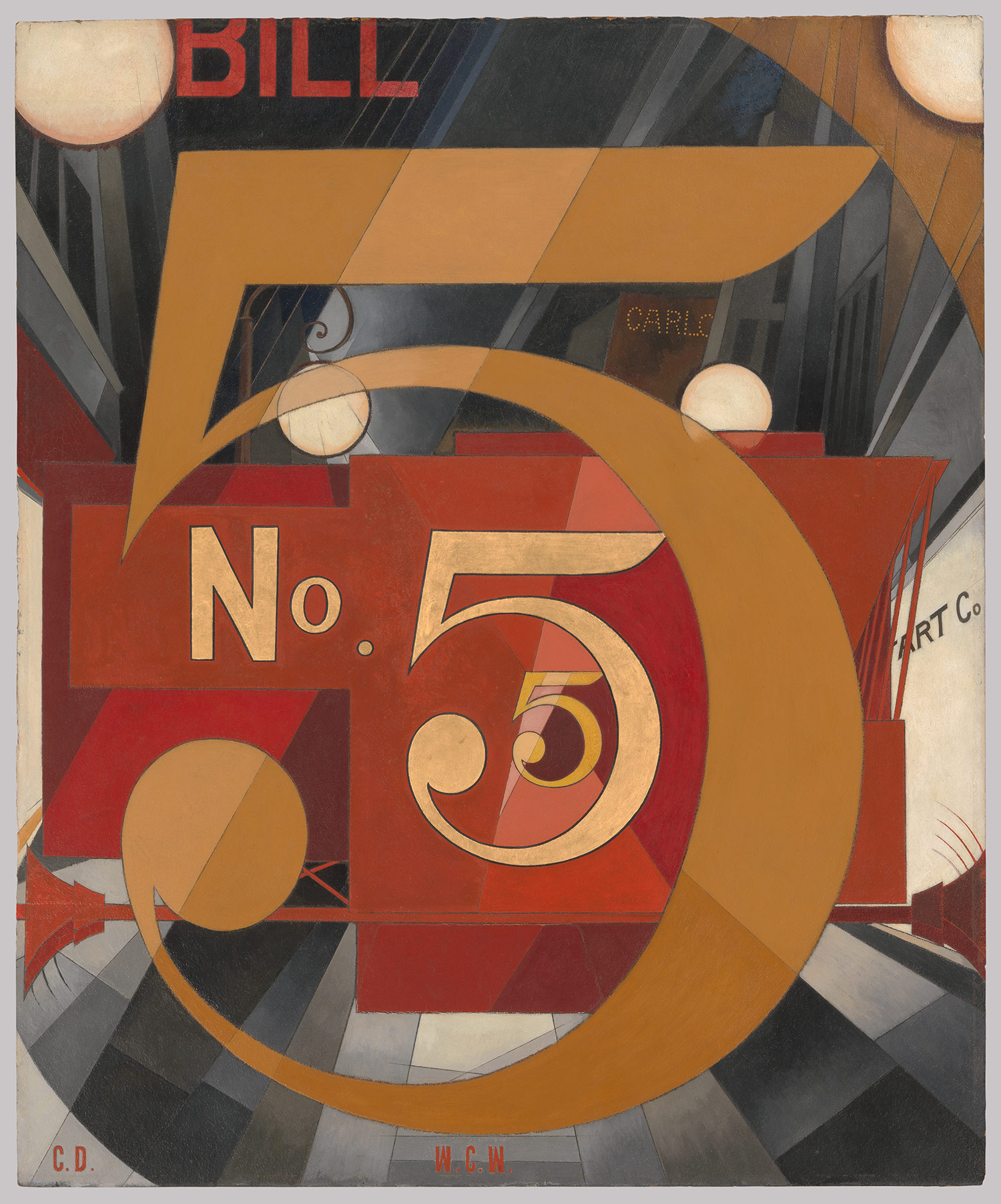d. 13 March 1929
Henry Scott Tuke, RA RWS, was a British visual artist; primarily a painter, but also a photographer. His most notable work was in the Impressionist style, and he is probably best known for his paintings of nude boys and young men, some of which are featured below/
Henry Scott Tuke was born in York, England, of Quaker parents. In 1874 he moved with his family to London. Here he enrolled at the Slade School of Art and won a three-year scholsrship.
 |
| The Bathers |
In 1880 he traveled to Italy, and from 1881 to 1883 lived in Paris. In 1883 he moved to the fishing village of Newlyn in Cornwall, where he became a founder of the Newlyn School, but in 1885 he settled in another Cornish town, Falmouth, where he was to live for the rest of his life.
 |
| Ruby, Gold and Malachite |
Tuke was an accomplished portritist and mantained a studio in London. His sitters included the soldier and author T.E. Lawrence. He was also the grand master of romantic boy painting, and was almost obsessed with the painting of nude youths.
 |
| Two Boys and a Dog |
Source:
The Life & Work of Henry Scott Tuke: 1858-1929
Catching the Light: Henry Scott Tuke: The Art and Life of Henry Scott Tuke
Wicked Angels (Southern Tier Editions)
Henry Scott Tuke Paintings from Cornwall
 |
| August Blue |






















